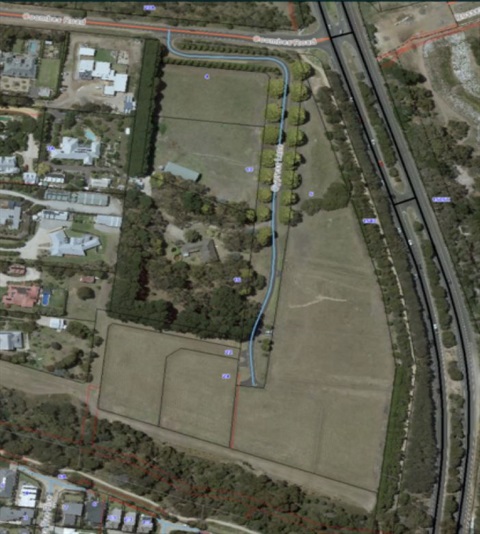NT Health has released the final report of the Gunbalanya/Kakadu Disease Cluster Investigation.
The Northern Territory Chief Health Officer initiated the investigation in 2014 into the apparent higher occurrence of cancer and fetal deaths occurring in the Aboriginal population of the Gunbalanya and Kakadu area. At that time, in 2014, there was also a proposal to expand the Ranger uranium mine to underground operations.
The investigation confirmed that the occurrence of head and neck cancers and lung cancer, and fetal deaths, were higher for Aboriginal residents of the Gunbalanya/Kakadu area than for the rest of the Aboriginal population of the Top End in the NT. A detailed investigation into cancer risk factors, including investigating the possible impacts of environmental ionizing radiation from mining activities was undertaken.
The investigation found that the prevalence of several modifiable risk factors (particularly smoking and alcohol consumption, and poor diet) was higher in this population than in other Aboriginal populations in the Top End of the NT. However, noting the limitations of the available data, these factors could not fully explain the excess of cancers and fetal deaths. It was notable that the rate of fetal deaths in the region, although higher than expected, had declined by approximately 38% between 1991 and 2014. A similar decline was observed across other Top End Aboriginal populations.
Importantly, there was no evidence that environmental ionizing radiation was responsible for the excess cancers or fetal deaths.
“The investigation was unable to fully explain the reasons for the higher occurrence of these cancers and can only partially explain the reasons for a higher fetal death rate in these communities. However, it is very reassuring to the population of the Gunbalanya/Kakadu region that environmental ionizing radiation was not a contributing factor,” said Chief Health Officer, Dr Hugh Heggie.
The investigation was conducted by staff and epidemiologists from the Department of Health, Population and Digital Health Branch, and overseen by an independent reviewer and one of Australia’s most experienced cancer epidemiologists, Professor Bruce Armstrong. Another expert, Professor Elizabeth Sullivan provided independent advice on the investigation into fetal deaths.
The Final Report takes into consideration the findings of the three stages of the investigation conducted over four years.
Although the higher prevalence of smoking and alcohol consumption did not fully explain the higher occurrence of cancers and fetal deaths, the report highlights the need to reduce the damage caused by tobacco and excessive alcohol consumption. This would reduce the occurrence of heart, lung and other chronic diseases as well as cancers and improve the health of mothers and their babies.
NT Health is committed to continuing its work with the Red Lily Health Board and Gunbalanya/Kakadu residents to promote and support initiatives to reduce the high rate of smoking and alcohol consumption.
Report: https://health.nt.gov.au/data-and-research/Innovation-and-research#Cancer








